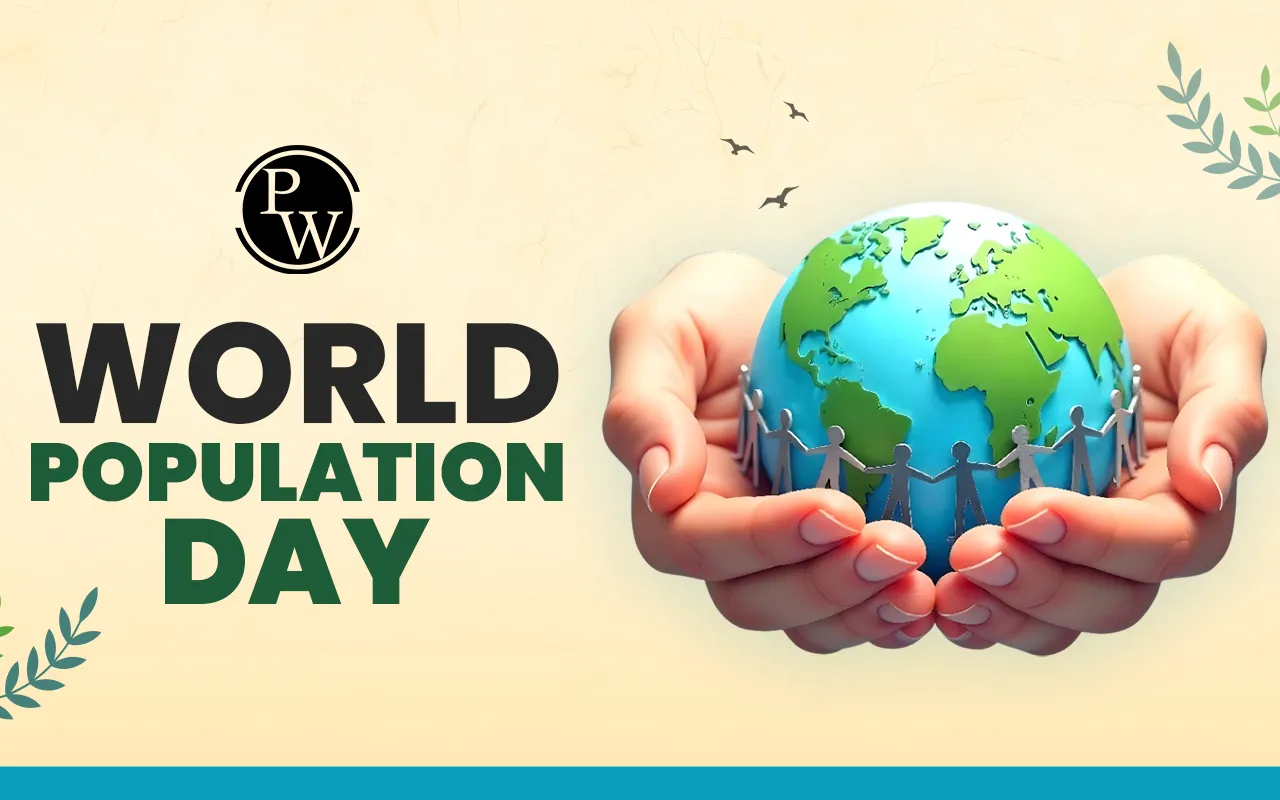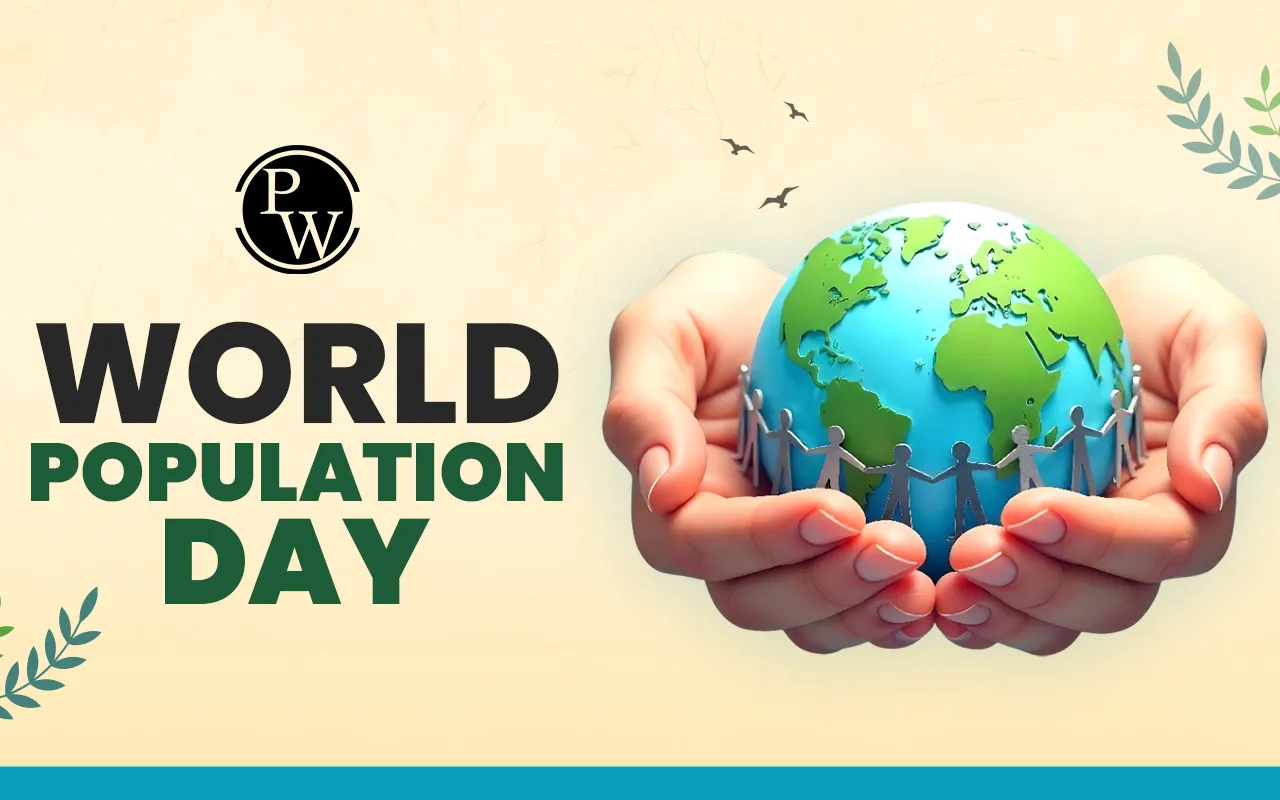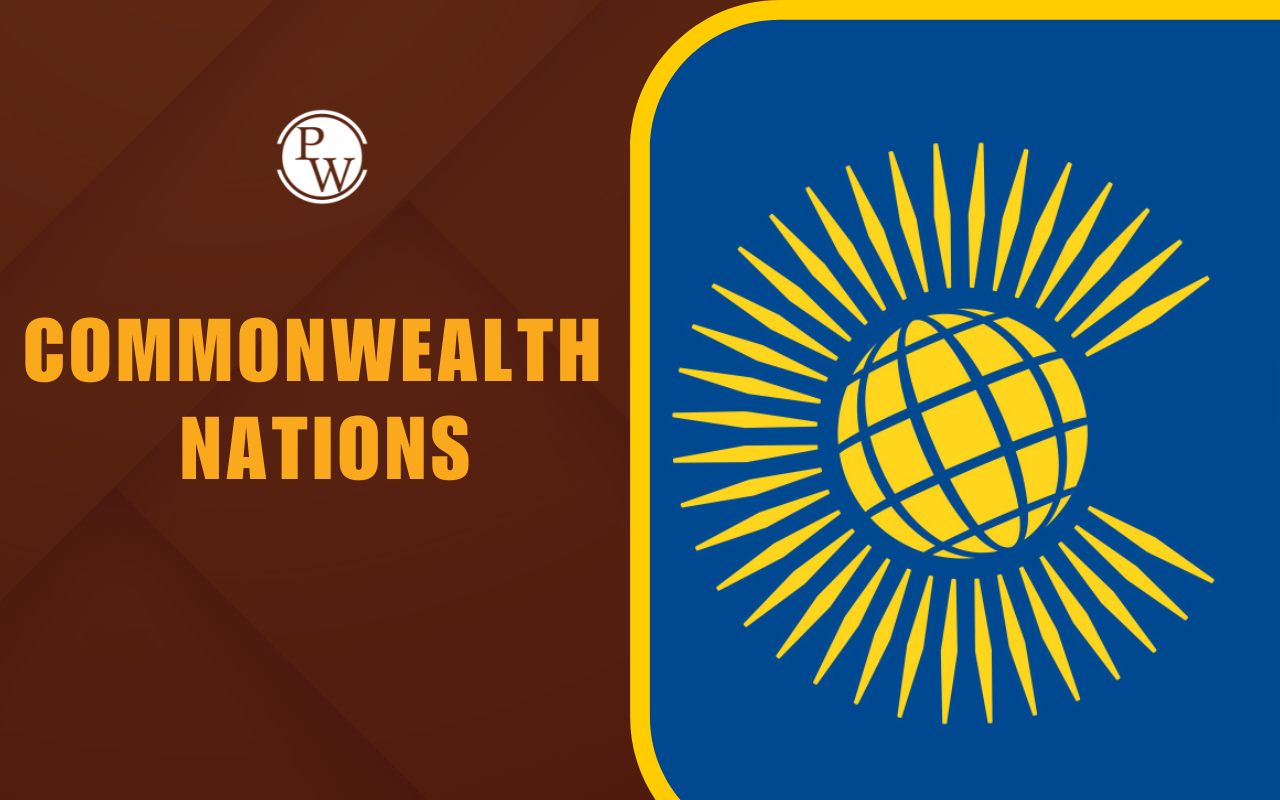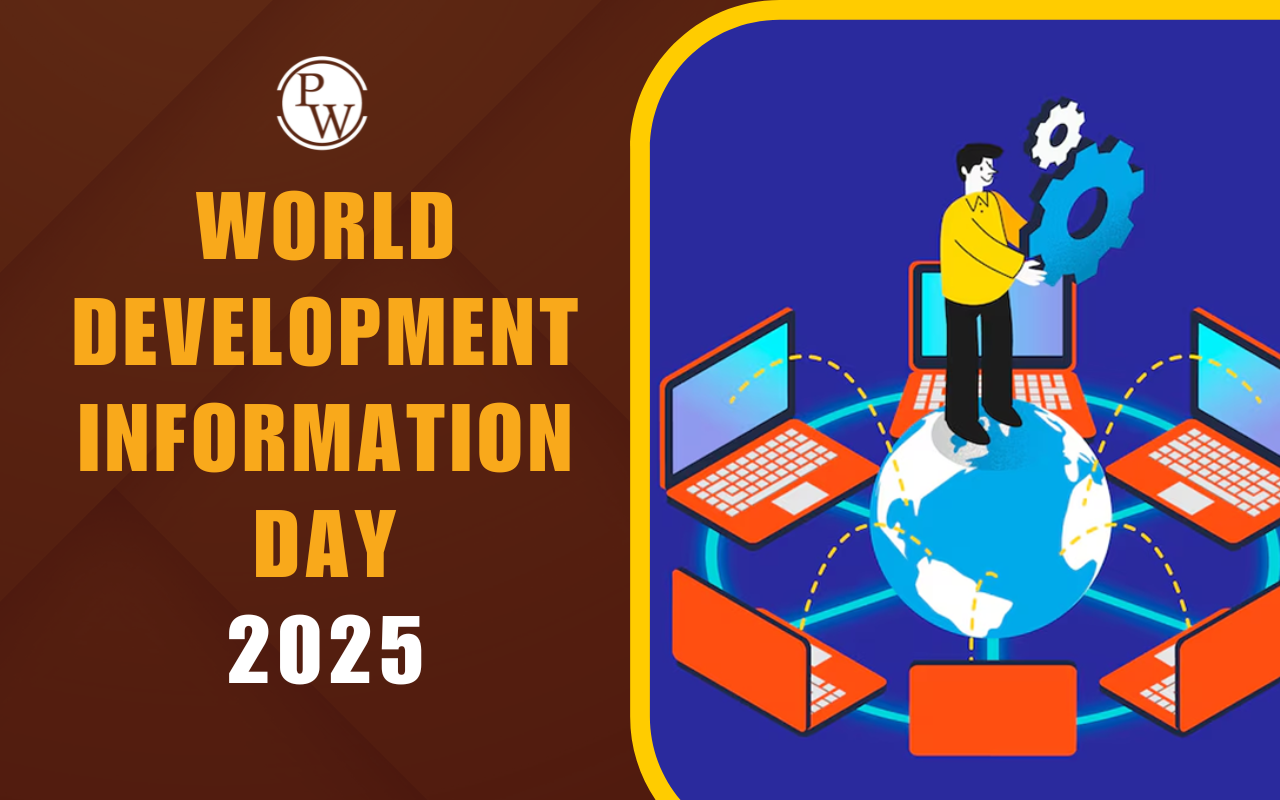

World Population Day 2025
Every year, World Population Day is on 11th July. This special day was created to raise awareness about global population issues. In 2025, the world’s population is expected to cross 8.23 billion. This brings along new responsibilities for managing resources, protecting the environment, and improving the quality of life for all.
This time, the World Population Day 2025 is set to focus on ensuring every human being lives with dignity and rights in a balanced world.
| World Population Day 2025 Overview | |
| Date | July 11, 2025 (Friday) |
| Established | 1989 by the United Nations Development Programme (UNDP) |
| Origin | Inspired by "Five Billion Day" on July 11, 1987, when the world population reached 5 billion |
| 2025 Theme | Empowering young people to create the families they want in a fair and hopeful world. |
| Purpose | Raise awareness about population issues, including family planning, gender equality, poverty, maternal health, and human rights |
| Significance | Highlights the challenges of a growing global population expected to surpass 8.1 billion |
| Activities | Events, discussions, campaigns, educational programs, seminars, workshops, media outreach |
| Global Population (2025) | Approximately 8.2 billion people |
| Organizers | United Nations, UNFPA, governments, NGOs, civil society, and communities worldwide |
World Population Day 2025 Theme
The official theme for World Population Day 2025 is "Empowering young people to create the families they want in a fair and hopeful world." The theme emphasizes empowering youth to make informed family planning choices with equal access to education and healthcare. It reflects the 1994 commitment to uphold dignity, safety, and freedom in life decisions for a sustainable future.
History of World Population Day
The idea of World Population Day began in 1987, when the world’s population hit five billion. This was a big moment and made global leaders realise the need to discuss population matters more seriously. On 11th July 1989, the United Nations officially marked the first World Population Day, inspired by “Five Billion Day” to raise awareness about the impact of growing populations.
Since then, this day has been celebrated every year. Over time, the focus has shifted from just population growth to broader issues like maternal health, child welfare, equal access to education, and family planning. It has become a platform to speak about human rights, especially reproductive rights and choices.
World Population Day 2025 Key Facts
The global population continues to grow, but the pace is slowing. In 2025, the estimated world population is 8.23 billion, adding about 70 million people every year. Many developed nations are now experiencing slow growth or even population decline. In contrast, countries in Africa and South Asia are still growing rapidly.
Credit:https://www.unfpa.org/data/world-population-dashboard
Here are some key facts:
-
Youth Demographics: Young people aged 10–24 make up 24% of the population, highlighting a strong youth presence.
-
Working-Age Population: Individuals aged 15–64 years account for 65% of the population, representing the core of the global workforce.
-
Aging Population: People aged 65 and older make up 10%, indicating a gradual shift toward an aging population in many regions.
-
Fertility Trends: The global total fertility rate is 2.2 children per woman, close to the replacement level of 2.1, suggesting a balancing trend in birth rates.
-
Life Expectancy: Male life expectancy is 71 years, while female life expectancy is 76 years, reflecting improved healthcare and living conditions.
Top 10 Most Populous Countries in the World
Here is a list of the top 10 countries by population in 2025, according to ‘worldpopulationreview.com’:
| Rank | Country | Approx. Population (2025) | Growth Rate | % of World Population |
| 1 | India | 1.46 billion | 0.89% | 18.3% |
| 2 | China | 1.42 billion | -0.23% | 17.7% |
| 3 | United States | 347 million | 0.54% | 4.3% |
| 4 | Indonesia | 286 million | 0.79% | 3.6% |
| 5 | Pakistan | 255 million | 1.57% | 3.2% |
| 6 | Nigeria | 238 million | 2.08% | 3.0% |
| 7 | Brazil | 213 million | 0.38% | 2.7% |
| 8 | Bangladesh | 176 million | 1.22% | 2.2% |
| 9 | Russia | 144 million | -0.57% | 1.8% |
| 10 | Ethiopia | 135 million | 2.58% | 1.7% |
Top 10 Population States in India
While India has become the most populous country in the world, its population is not equally spread across states. Some states have very high populations compared to others. Here are the top 10 most populous states in India (Census 2011):
| Rank | State | Population | Area (sq. km) |
| 1 | Uttar Pradesh | 199,812,341 | 240,928 |
| 2 | Maharashtra | 112,374,333 | 307,713 |
| 3 | Bihar | 104,099,452 | 94,163 |
| 4 | West Bengal | 91,276,115 | 88,752 |
| 5 | Madhya Pradesh | 72,626,809 | 308,252 |
| 6 | Tamil Nadu | 72,147,030 | 130,060 |
| 7 | Rajasthan | 68,548,437 | 342,239 |
| 8 | Karnataka | 61,095,297 | 191,791 |
| 9 | Gujarat | 60,439,692 | 196,244 |
| 10 | Andhra Pradesh | 84,580,777 | 275,045 |
| Note: While Andhra Pradesh's population is higher than some states above it, it may have changed now due to the bifurcation with Telangana (2014). | |||
What is Population Collapse?
Population collapse is a situation where a country’s population starts shrinking fast and doesn’t recover easily. This usually happens when birth rates fall below replacement levels and there are fewer young people to replace the aging population.
Many developed countries are already facing this challenge. Examples include Japan, South Korea, Italy, and Germany. The cost of raising children, late marriages, and lack of support for working parents are major reasons for this trend.
The effects of population collapse include worker shortages, slower economic growth, reduced innovation, increased pressure on social welfare systems, and a greater need for immigration to fill jobs. To avoid collapse, countries need strong family policies and support systems.
Also Read: Demographic Winter
World Population Day 2025 Significance
World Population Day 2025 highlights the global importance of addressing population-related challenges and promoting sustainable development. This day:
-
Raises awareness about the impact of population growth on resources and the environment.
-
Promotes access to reproductive health and family planning services
-
Encourages gender equality and youth empowerment.
-
Supports data-driven policies for inclusive development.
-
Reaffirms global commitments made at the 1994 International Conference on Population and Development.
In summary, World Population Day 2025 gives us a chance to reflect on the challenges and opportunities of a growing world. With smart choices and inclusive policies, we can create a fair and sustainable future for all.
Explore PW UPSC Courses now to scale up your preparation for the civil services exam!
World Population Day 2025 FAQs
What is World Population Day?
What is the theme of World Population Day 2025?
Which country has the highest population in 2025?
Which is the most populous state in India?
Which is the least populous state in India?
UPSC Coaching











